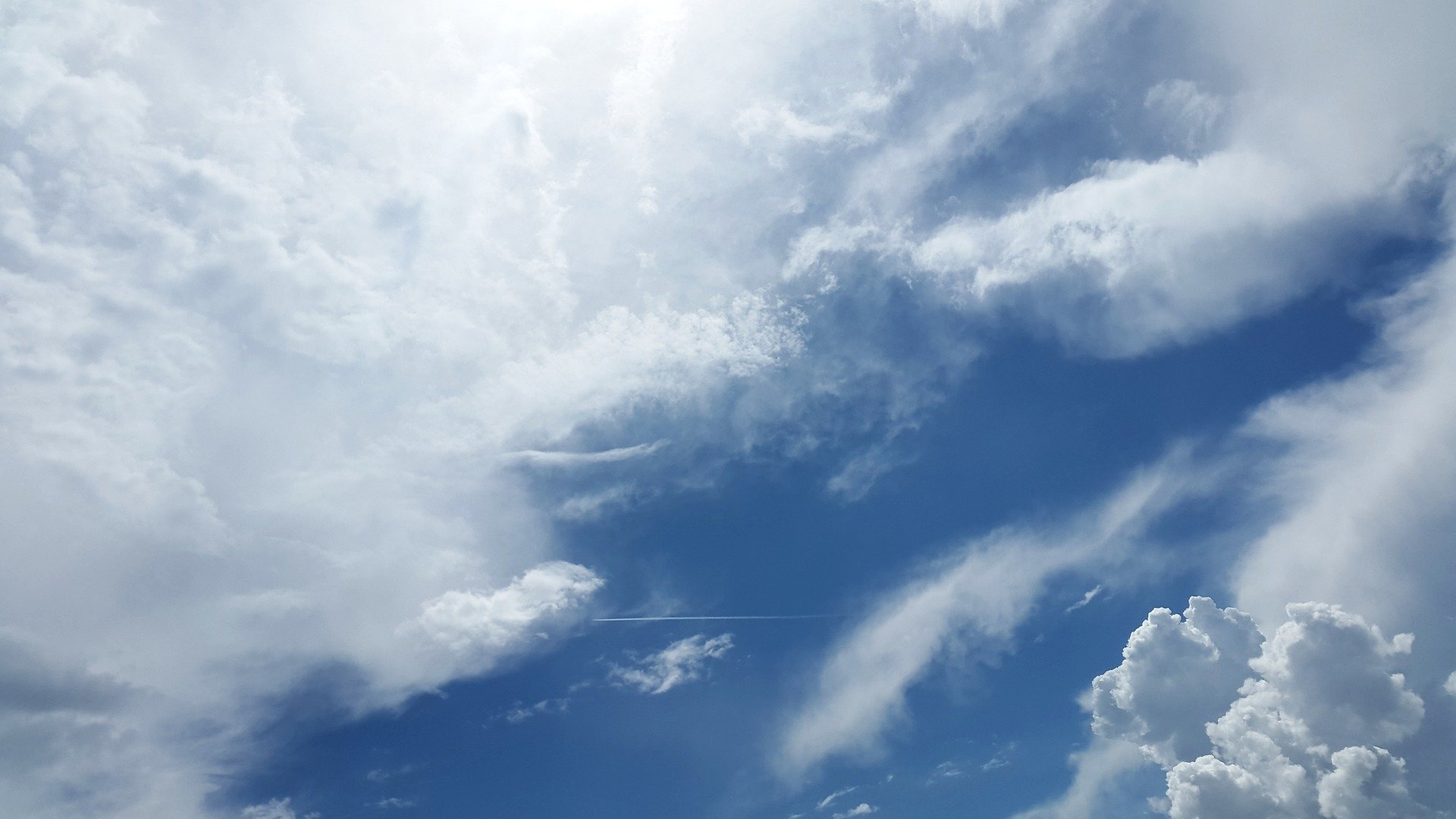Aerosol particles are tiny. Swirling suspended in the air around us, most are smaller than the smallest bug, thinner than the thinnest hair on your head, gossamer specks practically invisible to the naked eye. Newly formed ones are nano-sized. Yet their influence is gargantuan.
They determine the color of sunsets. They inflict over three million premature deaths each year. And the power they hold over our climate is massive.
Aerosol particles come about in different ways. Some, known as primary aerosols, are ejected straight into the atmosphere, like dust from a desert or ash from a volcano. Others are born in the sky, products of gases that intermingle in the atmospheric milieu—these are the particles that claim the EAGLES team’s attention.
New particles aren’t born just anywhere; there are hotspots. Much of the action happens above forests, like the rainforests of the Central Amazon and Southeast Asia.
There, “clean” air free of primary aerosols allows for the right kind of chemical intermingling that gives way to new particles. Scientists have detected huge concentrations of new particles above these forests.
Global variability in atmospheric new particle formation mechanisms


